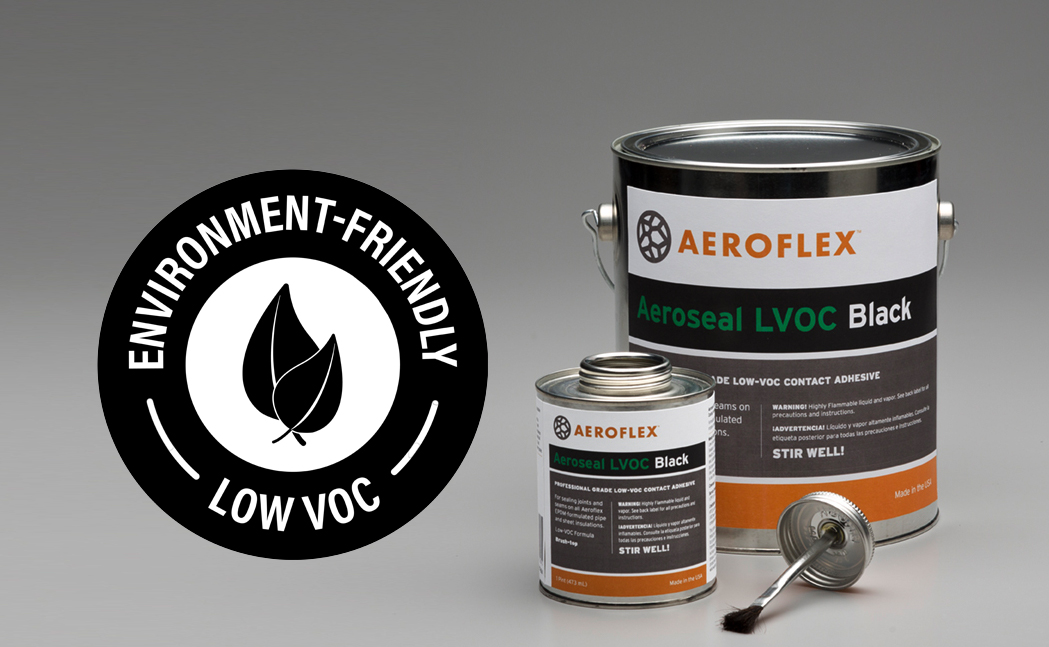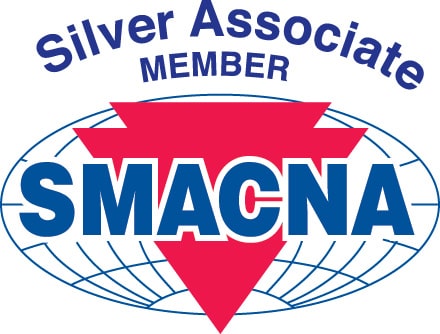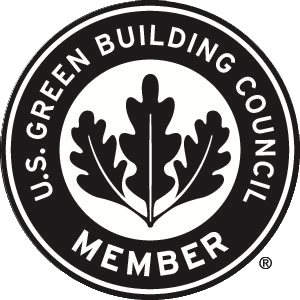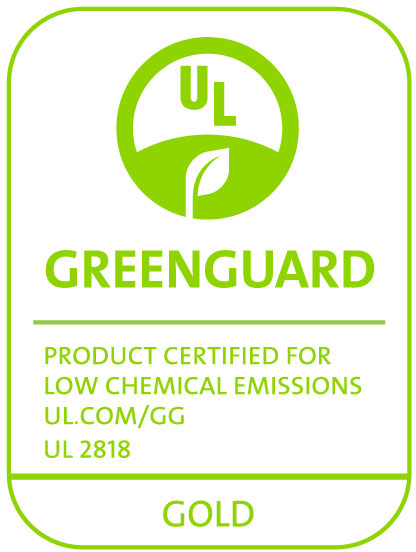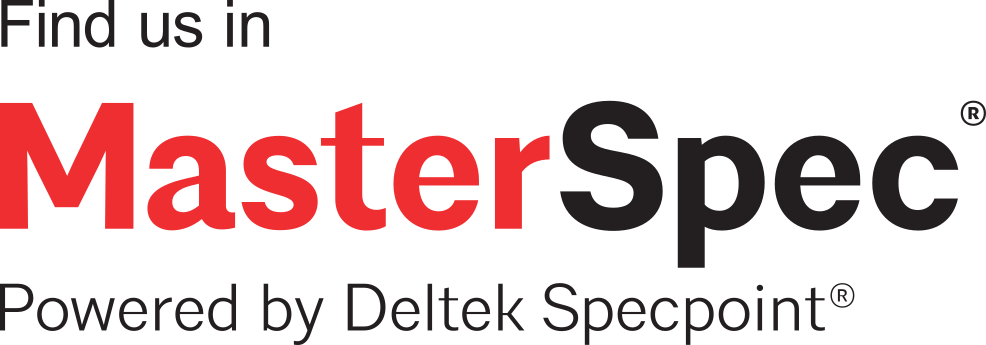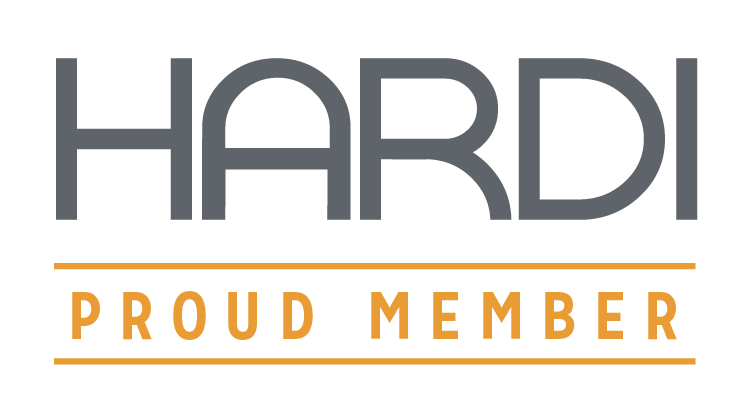Insulation Adhesive Applications & Purposes
Insulation adhesives are formulated for the installation of insulation over common mechanical equipment applications such as:
- VRF pipe insulation
- VRV pipe insulation
- Refrigeration pipe insulation
- Refrigerant pipe insulation
- Chilled water insulation
- HVAC refrigerant pipe insulation
- HVAC refrigerant line insulation
- AC return line insulation
- Plumbing pipe insulation
- Duct insulation
- Equipment insulation
Insulation adhesives are primarily intended to bond adjoining seams of mechanical insulation in pre-formed tubes, sheets, rolls, and fabricated fittings. It’s important to know that insulation adhesives also provide vapor seals at insulation seams and termination points to prevent the ingress of air and water vapor into the pipe insulation system.
Insulation Adhesive Usage
Moisture that gets trapped beneath insulation can catalyze a very real phenomenon called corrosion under insulation (CUI). When moisture comes in contact with a metallic pipe surface (i.e. copper or iron) and the contaminants on the pipe surface known as corrosion accelerators, the corrosion process begins and will slowly degrade the pipe surface, eventually leading to pipe and insulation system failure. CUI is a very costly and time-consuming process that is preventable.
Low VOC Insulation Adhesive Benefits
While many solvent-based insulation adhesives are commercially available, the market demand for low VOC insulation adhesives has grown due to the green building movement, concerns about human health (installers), and air quality regulations in local jurisdictions. VOC is an acronym for “volatile organic compounds”.
Green building rating systems, such as the U.S. Green Building Council’s Leadership in Energy and Environmental Design (LEED®), are driving this market change by requiring low-emitting materials such as adhesives, sealants, and coatings to contribute towards certification on their registered projects.
A manufacturer’s low VOC insulation adhesive must be tested by a nationally recognized lab for two VOC thresholds – content and emissions.
The intent of reducing VOC content is to protect the health of insulators and surrounding trades during installation. The reference standard is South Coast Air Quality Management District (SCAQMD) Rule 1168 (see Sources below).
VOC emission reduction, on the other hand, is intended to reduce chemical emissions after installation to protect the health of building occupants. The reference standard is California Department of Health (CDPH) Specification 01350 version 1.2, Standard Method for the Testing and Evaluation of Volatile Organic Chemical Emissions from Indoor Sources Using Environmental Chambers (see Sources below).
Contact-Based Insulation Adhesives
When low VOC insulation adhesives are contact-based (contact adhesive), they are applied to adjoining insulation surfaces and require time to “tack up” prior to bonding the two surfaces together so the adhesive can “flash off”. Tack times vary depending on the adhesive type and job site conditions. Solvent-based formulas tack up faster than their low-VOC counterparts so they are usually preferred by mechanical insulation contractors. Since low VOC insulation adhesives contain varying levels of water-based ingredients instead of solvents, they require a slightly longer tack time.
Low VOC insulation adhesives that are contact-based can be formulated differently so it’s important to read the manufacturer’s installation instructions. For example, some contact adhesives must be “tacky-to-the-touch” prior to joining both surfaces together. The freshly-glued seams also cannot be taped or coated over for 24-36 hours and 7 days.
Other low VOC insulation adhesives must be “dry-to-the-touch” prior to being joined together. This technology does not require additional “flash time” so the glued seams can be taped or coated over immediately.
It’s also important to check the upper operating temperature threshold for the low VOC insulation adhesive under consideration. The upper thresholds vary over pipes and flat surfaces such as ducts, tanks & equipment. For example, one manufacturer rates their low VOC insulation adhesive at up to 257°F [125°C] for piping and 200°F [93°C] for full-spread on flat surfaces.
Depending on the application, closed-cell elastomeric insulation manufacturers may require that glued seams be covered with their elastomeric tape for additional vapor drive protection when installed in exterior environments. Contractors may also voluntarily choose to apply tape over glued insulation seams to reduce callbacks.
For exterior installations, closed-cell elastomeric insulation manufacturers may require that their UV-resistant coating be applied to prevent solar radiation degradation over time. Depending on the low VOC insulation adhesive installed, required dry times can vary from immediate to 7 days (full-spread adhesive on sheets or rolls). Be sure to check the manufacturer’s installation instructions on the product data-sheet and low VOC adhesive label.
Aeroseal LVOC™ Black Low VOC Insulation Adhesive
Aeroflex USA formulated Aeroseal LVOC™ Black Adhesive to meet low VOC content and emissions requirements when the Aeroflex® brand of EPDM closed-cell elastomeric pipe insulation is specified and installed. This black low VOC insulation adhesive offers the benefit of being taped or coated over glued seams immediately after installation while meeting low-emitting material requirements. To learn more, click here.
Sources:
https://www.usgbc.org/credits/schools-new-construction-healthcare/v4/eq112
https://www.aqmd.gov/home/rules-compliance/compliance/vocs/adhesive-and-sealants

